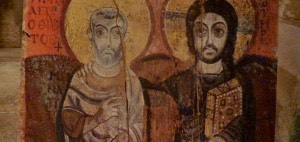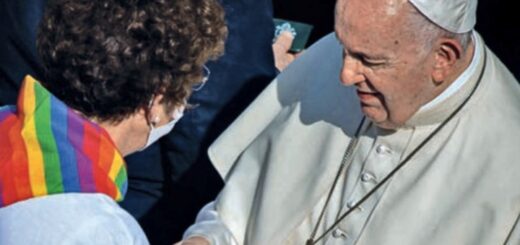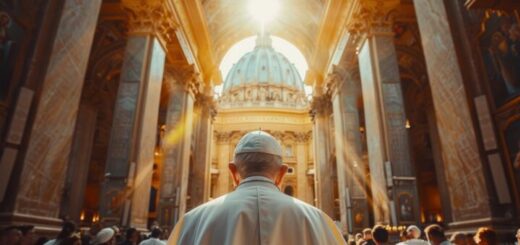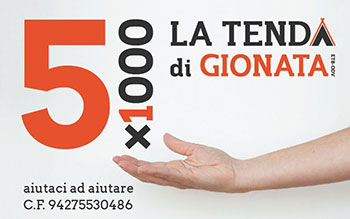Christ and his friend
Text by Arnaud Montoux published in the Catholic newspaper La Croix (France) on May 5, 2018, free translation of Finettimetimana.org
On an ancient Egyptian icon you can see an old abbot held by the shoulder next to Christ. But the most mysterious bond between the Savior and the saved appears in their eyes.
 This icon, well known by those who attend the Taizé community, is commonly called "Christ and his friend". It is one of the oldest preserved icons.
This icon, well known by those who attend the Taizé community, is commonly called "Christ and his friend". It is one of the oldest preserved icons.
A God who is done next
The contemporary interpretation of the brothers of Taizé leads us to the heart of the Christian mystery. Christ, in the gospel secono Giovanni, declares: "I called you friends, because everything I heard from my Father made you know” (Gv 15,15). Banalizzare questo tesoro sarebbe un crimine spirituale. Il discepolo di Gesù ha il dovere sacro di meravigliarsi di questa Grazia di cui non è neppure in grado di sondare la profondità: è il Signore onnipotente che si è fatto prossimo, in Gesù Cristo. È accanto al vecchio abate, senza altro segno di maestà divina che quello della Croce che segna la sua aureola di santità fin nella Vita dell’eternità.
Se il Salvatore (la parola è scritta a destra di Cristo, in greco) ha posato la mano sulla spalla dell’abate, in un gesto di presentazione e di prossimità, ognuno di noi è invitato a prendere sul serio la presenza amica di Colui che cammina al nostro fianco, fino alla Croce. Cristo non è solo un interlocutore divino, vuole essere per ogni uomo un amico, un fratello per il quale tutti possono accedere al Padre. L’umile via dell’amicizia diventa in Lui la via possibile della santificazione.
Una vicinanza senza imposizione
Si potrebbe essere sorpresi della lunghezza del braccio di Cristo se non vi si vedesse l’immagine di una vicinanza che non è imposizione. Dio in Gesù Cristo si è fatto fratello e amico manifestando la sua tenerezza infinita per noi, ma non ha mai voluto abolire la distanza che ci permette di restare noi stessi, di respirare, di muoverci in questo mondo per rispondergli liberamente.
In this way he teaches us what true love is, what our relationships must learn to be letting himself be converted to him. When Giovanni tells us that "whoever loves was born from God and knows God" (1Gv 4,7), invites us to consider our greatest impetus of love with their fragility and poverty, in the perspective of this perfect love manifested in Jesus Christ. His contemplated love gives birth to a trajectory, an itinerary, an aspiration that will stop more.
A look that scrutinizes the invisible
Menas' gaze appears just like that of the master. This man is an old man, it has undoubtedly been shaped, during his long life and ministry, by the concern to guide those who were entrusted to him with justice and mercy.
He learned to look at his brothers with the gaze of Christ. He crossed all the dilemmas and all the challenges of the growth of a community in view of the kingdom. His eyes were washed by the tears of another and have been transformed, day after day, until they reflect the hope contained in the tears of his teacher.
Original text: The Christ et are ami






